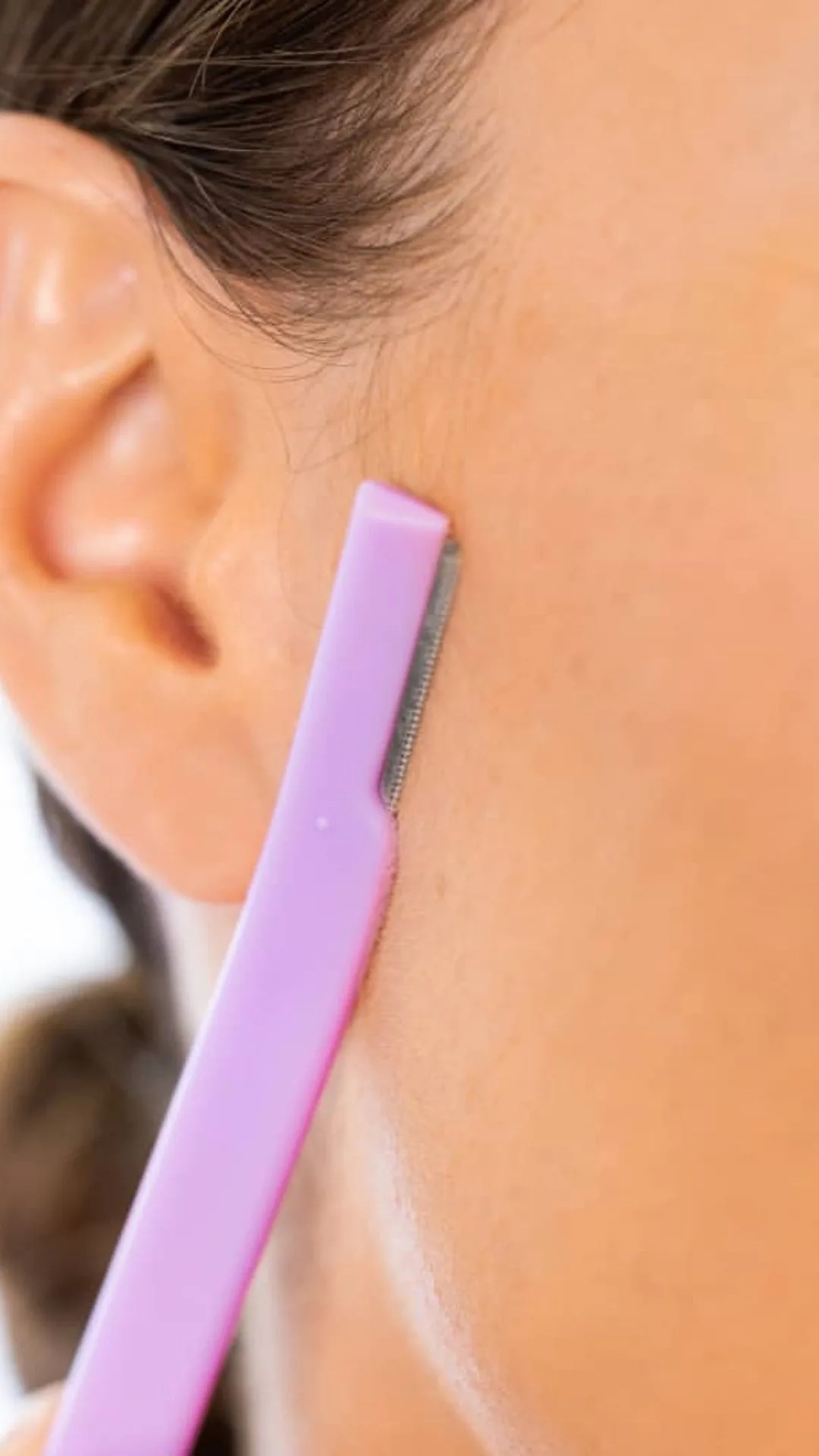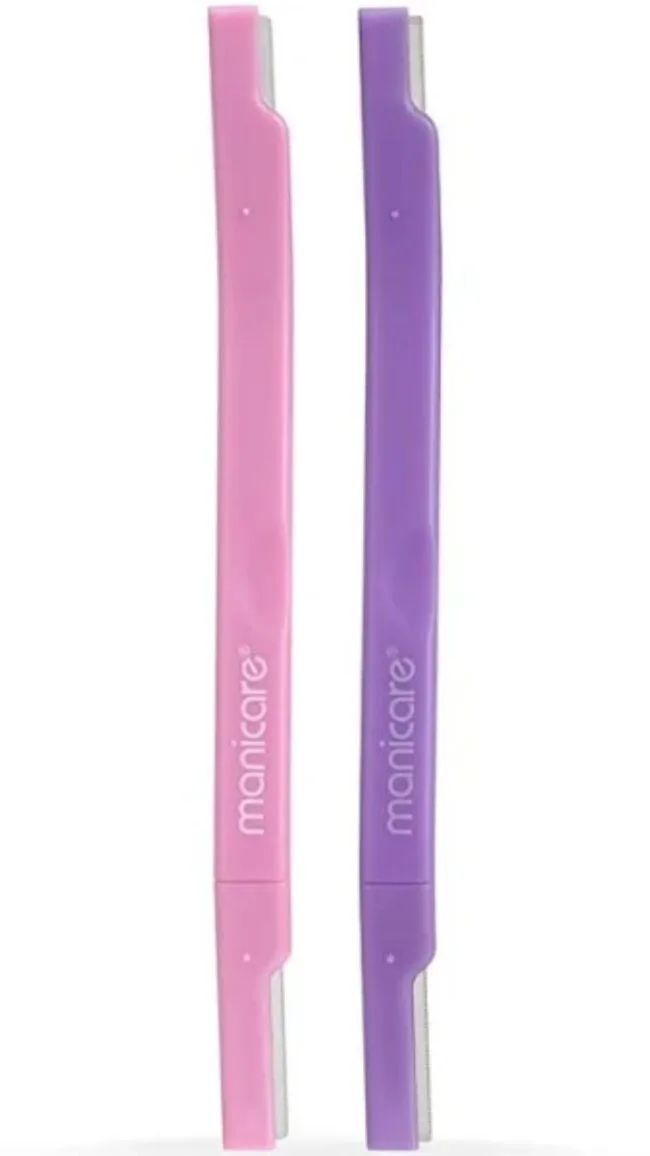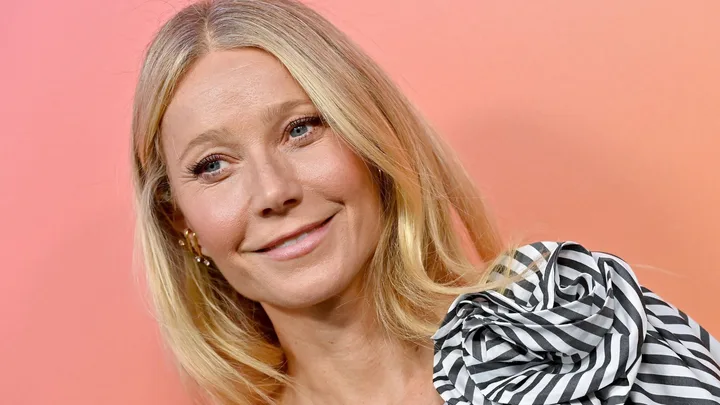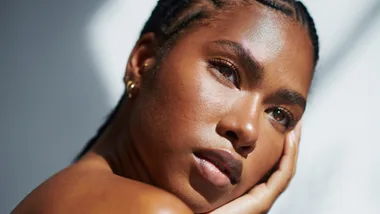If there’s one trend we have noticed on TikTok in recent years, it’s that experimental at-home beauty treatments have become a phenomenon and ‘dermaplaning’, of all things, is leading the charge.
Admittedly, this isn’t a new-new skin-perfecting technique. Asian women have been using Japanese facial razors to remove vellus hair (fine facial hairs known as peach fuzz) and dead skin cells for centuries.
But, the concept of dermaplaning has only gained ‘trending’ status in Australia in the last few years, thanks to more and more beauty bloggers showing us exactly how it’s done at home, not in the salon by a professional.
Curious? Scroll on for everything you need to know about dermaplaning.
What Is Dermplaning?
Basically, it’s the act of using a razor, scalpel or a specialised razor to remove hair and dead skin cells from the face, leaving the skin smooth and silky.
Back in 2016, beauty blogger and Huda Beauty founder Huda Kattan became one of the first in the blogosphere to tout the benefits of shaving your face all over. She claims that Marilyn Monroe and Elizabeth Taylor were huge fans of this technique, so, she followed suit.
“Yes you get rid of peach fuzz, but you also exfoliate your skin, it’s really good for scarring, anti-ageing, and makeup application becomes so much more beautiful when you do it,” she claims.
In Kattan’s video, she primarily uses the razor to remove the baby hairs along her hairline, but other bloggers, like Chloe Morello, shave in order to get a smoother foundation finish all over.
“Shaving your face is not scary, guys,” she said in the video.
“It does not come back thicker, it does not come back black. All that happens is your face is smooth as a damn dolphin… I know that it’s a trend happening now and I’m totally on the bandwagon because it makes a huge difference in applying your foundation.”
Just when we thought this technique was reserved for the most hardcore of makeup artists, beauty guru Zoë Foster Blake took to Instagram with her review of dermaplaning.
“This week I tried dermaplaning (professional face-shaving of the tiny fine face hairs with a single blade) for the first time, because it’s the kind of thing people like you think beauty-writer people like me, do,” she wrote
“Dermaplaning (around $100) is exfoliating, brightening, skin-tone-evening, non-inflammatory (so: great for pigmentation sufferers) helps skin care penetrate better, and makes your skin freakishly smooth (because, um, it’s hairless), meaning your makeup will sit PERFECTLY. Just ask any beauty vlogger worth his or her bronzer: they’re mad for a Japanese Facial Razor or 12.
“The first question I asked my bud Brooke at @meskinandbody was: will my facial hair grow back worse/coarse? “No. It will not change the number or texture of the hair follicles. Second: will this hurt? “No.” And it didn’t. (Unlike threading, or waxing, or laser.)
“Third was: Do you have some butter for my hot cross bun? (Brought one in my bag.) Few days on and I’m a luminous, bright, fuzz-free, smooth-skinned slice of facey cherry pie, and I’m juuust modest enough to admit it. Plus, my makeup looks like incredible. Like it’s in HD. Long may it continue! (Six weeks, apparently.) Or at least til next Sunday! My earring is stuck to my face in this photo! Face shaving for gold!”
Among the Hollywood set, Eva Mendes and Gwyneth Paltrow are also fans!
By now, we know eveything that’s great about dermaplaning, but we want to know the not-so-great stuff too.
What About Stubble?
“Shaving does not cause extra hair growth or make a person’s face hairier, this is actually a myth.”
“It simply blunts the end of the hair making it feel thicker and coarser, and the hair will continue to grow like that whilst being shaved,” explains Alyson Bessell, the technical training specialist for Laser Clinics Australia.
It’s not going to grow thicker, but that doesn’t mean it won’t feel that way. Will you grow a beard? No.
Can Dermaplaning Cause Ingrown Hairs?
Yes, yes it can. After dermaplaning the face, those baby hairs can resurface as ingrown. One Refinery 29 beauty editor said that this alone was enough to stop her from reaching for the razor again.
“While it is a complete myth that your hair grows back thicker and darker when you shave it, my hair felt different,” she said.
“The blunt ends made it seem coarse and prickly and having to dig out ingrown hairs became routine.”
Are You At Risk Of Cutting Your Face?
Again, the answer is yes. A 10-inch scalpel, regardless of how fancy and refined it is, is still a blade. A lot of bloggers recommend using dermaplaning to shave off black heads, but this is actually super tricky, considering the contours of your nose and can result in nicks or worse, serious cuts.
Visit a reputable dermatologist for your first (or any) experience of dermaplaning.
Speaking to ELLE, the founder of Stacked Skincare Kerry Benjamin explained “The blade is used on clean, dry skin on the forehead, cheeks, chin, nose and neck.
“You can expect to see an instant improvement in skin texture and tone, while the long-term effects are increased cell turnover, fewer wrinkles and dark spots, reduction of acne scarring, and the removal of fine facial hair.”

Are There Certain Skin Types That Should Avoid Dermaplaning?
Yes. “The only people who can’t dermaplane are those with active pustular acne,” Benjamin explained to ELLE.
The technique may allow for better product absorption and faster cell turnover, but it can also make acne worse when performed at the wrong time.
What’s The Safest Technique For Professionals To Use?
Usually, the skin needs to be dry, and an aesthetician or dermatologist will use a small, sterile blade that doesn’t resemble that dodgy three-blade razor that’s been sitting in your shower for weeks. They will hold the skin taut, and swipe the blade in gentle upward motions.
This type of treatment requires serious precision, so we really recommend leaving it to the experts, every time.
What Are The Best Facial Razors?
If you’re keen to give DIY dermaplaning a shot, you can invest in a small at-home facial razor to carefully (!) shave the flat planes of your face.
We would recommend researching both the razor and the technique before trying it out and trying it out gently on a small portion of skin, but one of the ELLE Australia team’s favourites is Manicare’s Dermasmooth Fuzz Remover. The multi-purpose beauty tool features dual-ended blade razors for ease and precision, allowing you to conveniently target the contours of the cheeks as well as delicate areas such as the upper lip.
The blades are made from Korean stainless steel with fine mesh protected blades for safety, and offer quick, easy and pain-free removal of facial hair.

01
Manicare Dermasmooth Fuzz Remover 2 Pack
$10.59 at Manicare










